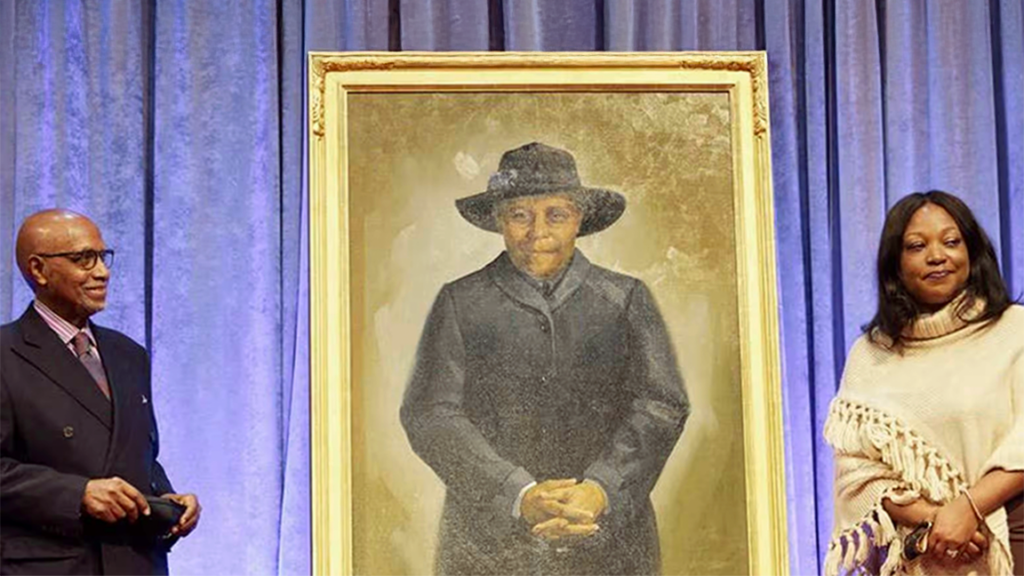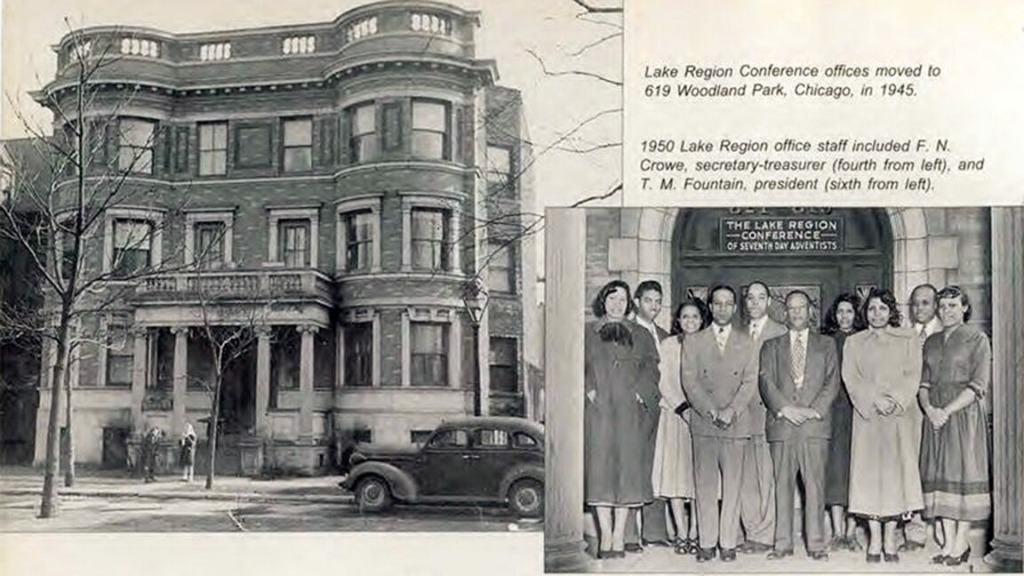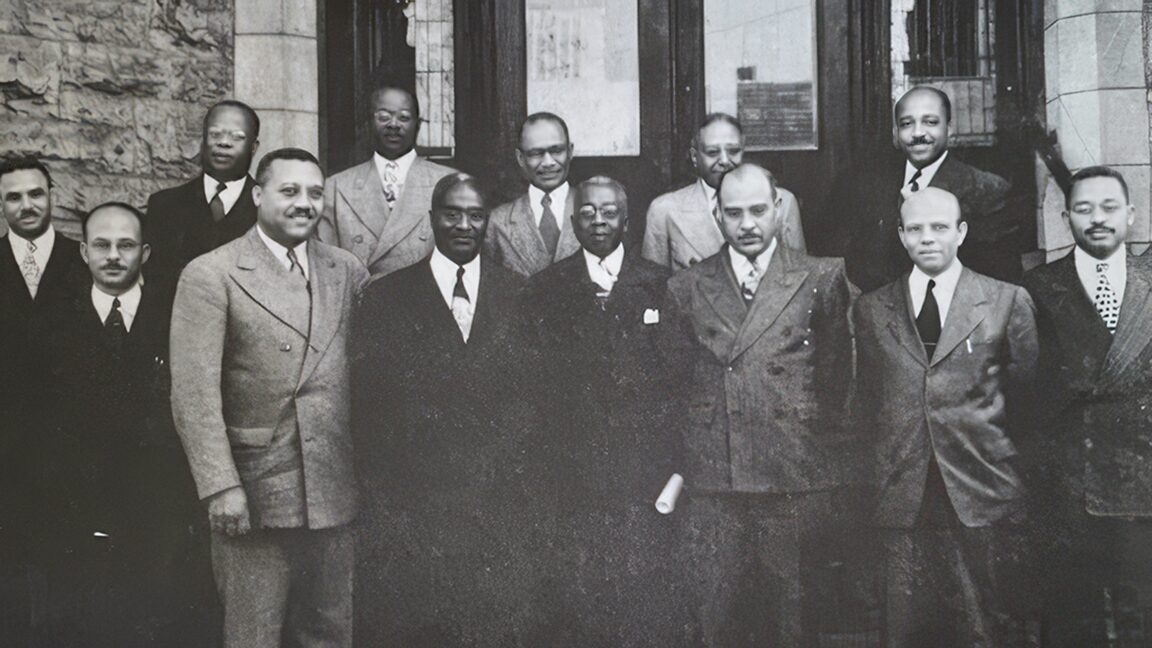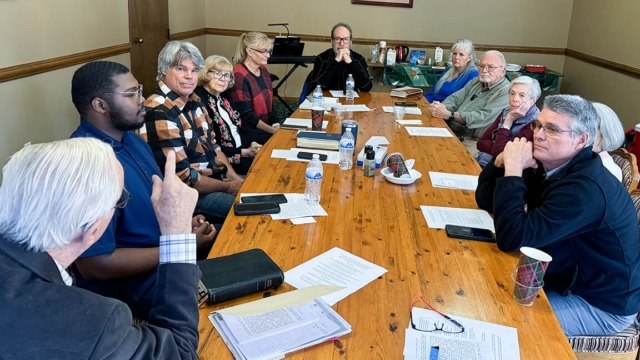OUTLOOK Magazine Feature Stories – Lincoln, Nebraska … Regional conferences within the Seventh-day Adventist Church were born out of both numerical growth and pain. In April 1944, the General Conference leadership voted to create regional conferences—church administrative units led by Black leaders—so that Black Adventists could organize, minister, and evangelize more effectively. Within a year, three conferences were operating, and within two years, seven—including the Central States Conference [which covers the states in the MidAmerica Union territory]—had been established.
A Landmark Vote in 1944
On April 10, 1944, at the General Conference Spring Meeting in Chicago, world church leaders voted to support allow the creation of “colored conferences” (the language of the time) in any union where Black membership was large enough and resources were sufficient.
The official action stated that these conferences would be led by Black officers and committees, but they would have the same standing as every other local conference. At the time, there were more than 17,000 Black Adventists in 233 churches across North America—a strong foundation for this new model.
“That a different plan of organization for our colored membership would bring further great advance in soul-winning endeavor.” — General Conference Spring Meeting, 1944
What Prompted Change
The vote was the result of years of frustration. Black Adventists had explosive growth grown in numbers and influence, but leadership opportunities were limited. The denomination had created advisory departments for “Negro” (1909) and later “Colored” (1942) work, but they lacked real authority.
Black senior citizens were not allowed to stay in conference facilities that their tithe dollars helped to build. They were not allowed to enter the front door of conference headquarters, and they were not allowed to eat with their anglo counterparts.
The crisis came to a head in 1943, when Lucy Byard, a Black Adventist, was denied treatment at Washington Sanitarium because of her race. On her journey, she was moved to another hospital where she died. Her tragic story highlighted the injustice Black members faced—even in their own denomination.
Her death inspired pastors and lay members to form the Committee for the Advancement of the Worldwide Work Among Colored Seventh-day Adventists. This group presented the General Conference with what they believed was the clearest solution: full integration of Black Adventists into the existing conference system.
But, as historian Calvin Rock records in From Protest to Progress, the GC Executive Committee rejected full integration. Instead, they chose to establish separate Black-administered conferences, believing this would allow for “great advance” in mission while avoiding the hard confrontation of racial prejudice within the existing structures.
That decision was a compromise. It gave Black leaders real authority, but only through creating parallel structures. For many, this underscored the painful reality that equality was still denied, even within the church.
The First Regional Conferences
Change came quickly. On September 26, 1944, the Lake Union Conference voted to create the Lake Region Conference, which officially began operations on January 1, 1945. That same day, the Northeastern Conference and the Allegheny Conference also launched.
By the end of 1946, a total of seven regional conferences had been organized across North America. Among them was the Central States Conference, created to serve members across a wide swath of the Midwest. Today, Central States covers nine states and continues to carry the legacy of strong evangelism and community presence.
Lake Region Conference was the first to function, beginning January 1, 1945. Central States followed soon after, building a unique witness in the Midwest.
Not Separate, But Equal in Structure
Regional conferences were never intended to be a “split” from the church. Instead, they became fully recognized parts of the same system—reporting to their unions, the North American Division, and ultimately the General Conference.
They have the same responsibilities as other conferences: hiring pastors, funding schools, planting churches, and supporting mission. The difference is that Black leaders were now in charge of making those decisions for their members.
“Regional conferences sustain the same relation to their union conferences as do the white conferences.” — GC Spring Meeting Minutes, 1944
The Bigger Picture
Regional conferences were created during an era of legal segregation in the United States. Schools, hospitals, and even churches were often divided by race. The church, like society, reflected that reality.
At the same time, the new structure empowered Black leaders to grow vibrant institutions. Regional conferences started schools, led evangelistic movements, and built strong congregations. They trained and launched leaders who later served across the denomination—some in the highest offices of the church.
By 1954, the General Conference renamed its “Colored Department” the Regional Department, confirming the permanence of this system.
Lasting Impact of Central States
For nearly 80 years, the Central States Conference has played a key role in the life of the church. Its territory stretches across nine Midwestern states, giving it a unique identity as a regional conference with both rural and urban congregations.
Central States has been known for dynamic evangelism, innovative community service, and the development of strong leaders. It carries forward the vision of those early members in the 1940s who wanted a structure where Black Adventists could flourish in leadership and mission.
“Regional conferences were born out of pain, but they have produced powerful ministry that continues to bless the church today.”
To learn more about Regional Conference Ministry, visit adventistregionalministries.org/about-us
—OUTLOOK Magazine Feature Stories guest contributor. Republished with permission from OUTLOOK Magazine Feature Story October 29, 2025, article. Photos supplied.







